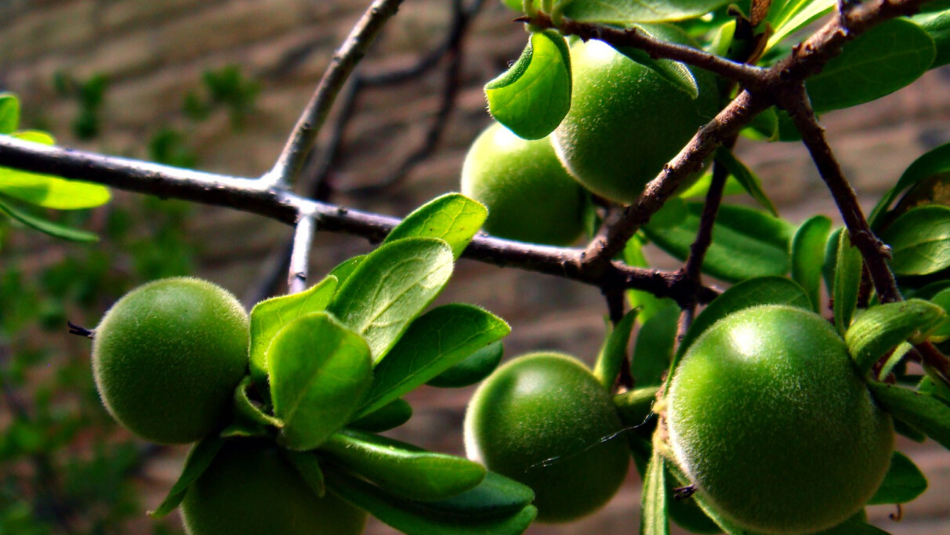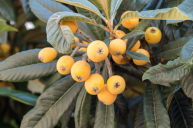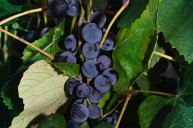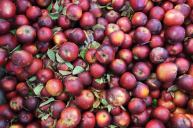Based on an unfortunate encounter with a not-yet-ripe persimmon when I was a kid, I always thought this little fruit was terrible. It wasn't until I took another chance many years later than I learned just how good persimmons are. They're a little tart and a little sweet, and great for making into jams or sauces. There are also different varieties; if you didn't like, try another and you may find a new favorite fruit. To start, (if you can find them), you should try the Texas persimmon.
Videos by Wide Open Country
The scientific name for this fruit is Diospyros texana Scheele, but you'll find it with more common names, including the Texas persimmon, the black persimmon, Mexican persimmon or chapote prieto. This native plant is common in west Texas, central Texas and south Texas, and northeastern Mexico. The small tree usually grows to between 10 and 15 feet tall, but it can grow up to 35 feet tall.
Texas persimmon trees are usually deciduous, meaning they shed their leaves every year. But from the Rio Grande Valley southward, where it's not as cold, the persimmon trees will be semi-deciduous-to-evergreen, where the tree will lose its leaves all at once in early spring like live oaks.
The persimmon fruit starts off green, but the ripe fruit turns a gorgeous dark purple or black. While you can eat the unripe fruit, it's not recommended for taste. The unripe fruit does have medicinal properties, though. Native Americans used the fruit, which is highly astringent when not yet ripe to treat mouth sores and hemorrhoids. They also chewed the bark of the tree to alleviate heartburn.
The ripe fruit is often used to make jams and jellies, but you can eat the black fruit straight off the tree from late summer into early fall when they ripen. The skin is bitter, so skip that and squeeze the pulp out of the fruit to eat. Some people compare the taste to that of a prune, though sweeter.
if you want to try and grow Texas persimmon trees, you'll need to get at least two. The trees are dioecious, which means that you need both male and female trees; the first for pollination, the second to bear the fruit. The plant is extremely drought-tolerant and disease-resistant; it grows best in full sun, but because it's a small tree, you don't need much room for it.
Be warned that birds and deer like the Texas persimmon as much as humans do, so be prepared to put bird netting over your persimmon tree while the fruit is ripening.
One way to use Texas persimmons is this delightful recipe from the Lady Bird Johnson Wildflower Center in Austin, Texas. It's a layered bar cookie with cream cheese and a persimmon filling and a cinnamon crumb topping. There's no better way to eat locally!





